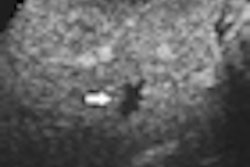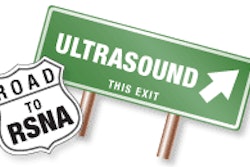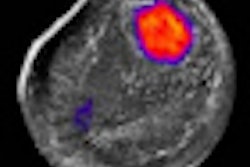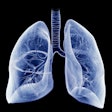Long touted as the "stethoscope of the future," ultrasound is now commonly performed at the point of care, according to an article published today in the New England Journal of Medicine.
In their "Current Concepts" article, Christopher Moore, MD, and Joshua Copel, MD, of Yale School of Medicine outline how ultrasound utilization has moved beyond traditional specialties such as radiology and is now being routinely employed by clinicians across various medical specialties (NEJM, February 24, 2011, Vol. 364, pp. 749-757).
The use of ultrasound has increased across the board, with the biggest growth seen among nonradiologists, Moore and Copel said. Point-of-care ultrasound has grown due to the development of more compact, higher quality, and less expensive ultrasound scanners, the authors said in a statement about the study.
Ideally, point-of-care ultrasound can decrease medical errors, provide more real-time diagnosis, and supplement or replace more advanced imaging in appropriate situations, according to Moore, an assistant professor of emergency medicine. It may also allow for more widespread and less expensive screening for certain illnesses.
Ultrasound quality has also improved dramatically, and equipment prices and scanner sizes have decreased, said Copel, a professor of obstetrics, gynecology, and reproductive sciences. Copel noted that the quality of images produced now on inexpensive handheld machines is better than the image quality generated by systems that cost more than $100,000 15 years ago.
Moore said that some medical schools are training students to use ultrasound before they choose a specialty. The modality's versatility as a diagnostic tool has also been demonstrated by its use on Mount Everest, in the International Space Station, and in battlefield situations, he said.
However, indiscriminate use of ultrasound could lead to unnecessary testing, unnecessary interventions in the case of false-positive findings, or inadequate investigation of false-negative findings, according to Moore.
More imaging could simply lead to increased expense without added benefit, and it might even be harmful without appropriate training and quality assurance, Moore said. A better understanding of when and how ultrasound can be used effectively and competently is needed as this technology grows, he said.




















